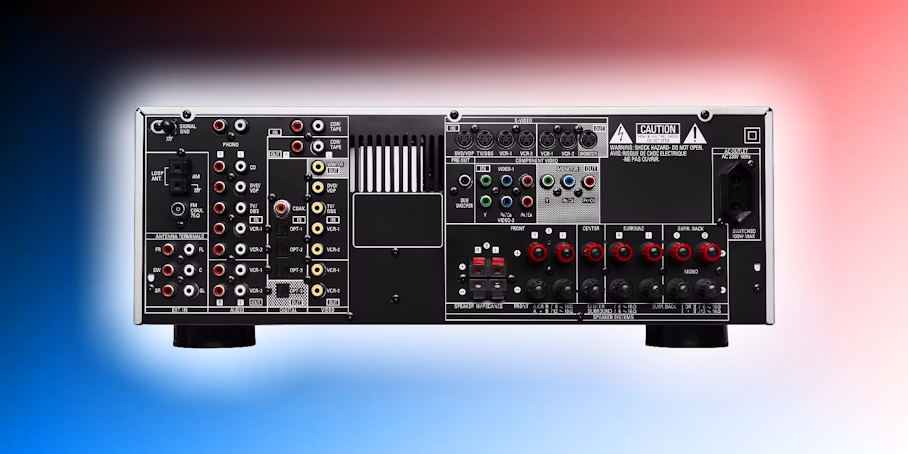As the central hub of our home theaters, AV receivers have undergone a remarkable transformation over the years, adapting to the changing needs and expectations of consumers. From the integration of artificial intelligence to advancements in connectivity and sustainability, we embark on a journey to unravel the innovations propelling AV receivers into the next era of home entertainment.
Emerging Technologies in AV Receivers
Object-Based Audio Processing:
One of the most groundbreaking advancements in AV receivers is the implementation of object-based audio processing. Unlike traditional channel-based audio, object-based audio takes a more dynamic approach by treating individual sounds as distinct “objects.” This allows for a heightened level of precision in audio placement and movement. In essence, each sound can be treated as an independent entity, providing a more immersive and lifelike surround sound experience. Whether it’s the subtle rustle of leaves or the thunderous roar of an explosion, object-based audio ensures that every sound is precisely located in three-dimensional space, elevating the auditory experience to unprecedented levels.

AI and Machine Learning Integration:
The infusion of artificial intelligence (AI) and machine learning into AV receivers has ushered in a new era of audio optimization. AI algorithms analyze audio content in real-time, adapting and fine-tuning settings to deliver the best possible sound quality. Beyond mere optimization, these intelligent systems learn from user behaviors, creating personalized sound profiles based on individual preferences. With Media Pro AV receivers, your audio experience adapts to your evolving preferences, catering to your distinct taste, whether you’re a music enthusiast, a movie buff, or a gamer.
Connectivity Advancements:
In the realm of connectivity, AV receivers are embracing the future with HDMI 2.1, a standard that significantly impacts both audio and video quality. This latest iteration supports higher resolutions, faster refresh rates, and enhanced audio formats, providing a more immersive visual and auditory experience. Additionally, the integration of wireless technologies such as Wi-Fi 6 and Bluetooth 5.2 ensures seamless connectivity and compatibility with a wide array of devices. This not only simplifies the setup process but also opens doors to a more flexible and wire-free home entertainment ecosystem. As we step into this era of connectivity advancements, the AV receiver becomes a central hub that effortlessly links all your audio-visual components, promising a streamlined and efficient entertainment experience.
Trends Shaping the Future of AV Receivers
Compact and Space-Saving Designs:
The future of AV receivers is steering towards sleeker, more compact designs that seamlessly blend with modern home aesthetics. Manufacturers are embracing slimmer form factors and integrating components to create AV receivers that not only deliver powerful audio-visual experiences but also occupy less physical space. As home entertainment setups evolve, the importance of aesthetics cannot be overstated. Consumers are now seeking devices that not only perform exceptionally but also contribute to the overall visual appeal of their living spaces, making compact and stylish AV receivers a key trend in the industry.

Voice Control and Smart Home Integration:
The rise of smart homes has paved the way for a new era of convenience, and AV receivers are at the forefront of this integration. The future promises AV receivers that respond to voice commands, seamlessly integrating with virtual assistants like Alexa and Google Assistant. This not only simplifies the user experience but also opens doors to a hands-free, intuitive control system. Beyond audio-visual commands, these smart AV receivers will extend their reach to control other smart home devices, creating a cohesive and interconnected ecosystem where everything is just a voice command away.
Sustainable and Eco-Friendly Features:
As environmental consciousness grows, AV receiver manufacturers are prioritizing sustainability in their designs. Future AV receivers will boast energy-efficient components and power-saving modes, aligning with the global push for reduced energy consumption. Beyond energy efficiency, there’s a rising trend towards environmentally conscious manufacturing processes and recycling initiatives. The AV receiver of the future will not only provide an exceptional entertainment experience but also contribute to a greener, more sustainable world, making eco-friendly features a significant trend shaping the industry.

